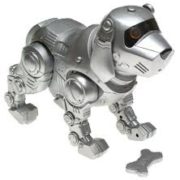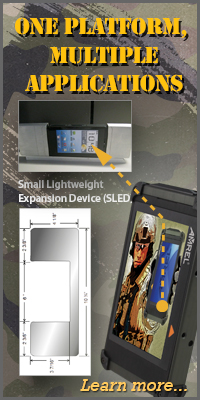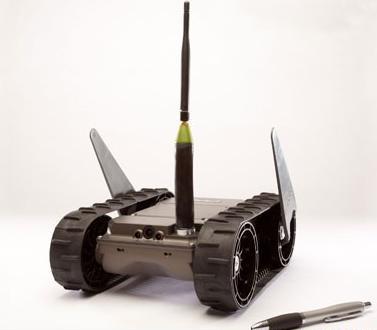Biggest problems facing robot developers
Recently, I interviewed Rob Culver, Director of AMREL’s Business Development and Sales of Unmanned/Manned Vehicle Systems. Rob has done stints as a procurement officer, and in Special Projects Management Office at USASOC. After serving 23 years in the Army, Rob joined iRobot in 2005. He traces his lifelong interest in robotics to reading Robert A. Heinlein’s “Starship Trooper” and Douglas Adams “Hitchhikers Guide to the Galaxy.”
My sense is that unmanned systems, especially ground vehicles, are at some kind of crossroads. The technology is advancing rapidly, but the land wars are winding down. The domestic market hasn’t increased to the point to make up for the slacking demand by the Department of Defense (DOD). What do you see as the biggest challenge to the industry?





 You may not have had a chance to see AMREL’s new interoperability capability at AUVSI, but you can read about it on your free download. Just as our Flexpedient® technology revolutionized OCUs for UGVs, we think interoperable Small Lightweight Expansion Devices (SLED) will become standard for handheld applications. Click
You may not have had a chance to see AMREL’s new interoperability capability at AUVSI, but you can read about it on your free download. Just as our Flexpedient® technology revolutionized OCUs for UGVs, we think interoperable Small Lightweight Expansion Devices (SLED) will become standard for handheld applications. Click 





 Recently, some clients asked AMREL to build an Operator Control Unit (OCU) for their Unmanned Ground Vehicle. No surprise there; we dominate that particular application. What was noteworthy was the specific form factor that they requested. They wanted it to be a wearable computer, worn on the wrist.
Recently, some clients asked AMREL to build an Operator Control Unit (OCU) for their Unmanned Ground Vehicle. No surprise there; we dominate that particular application. What was noteworthy was the specific form factor that they requested. They wanted it to be a wearable computer, worn on the wrist.
